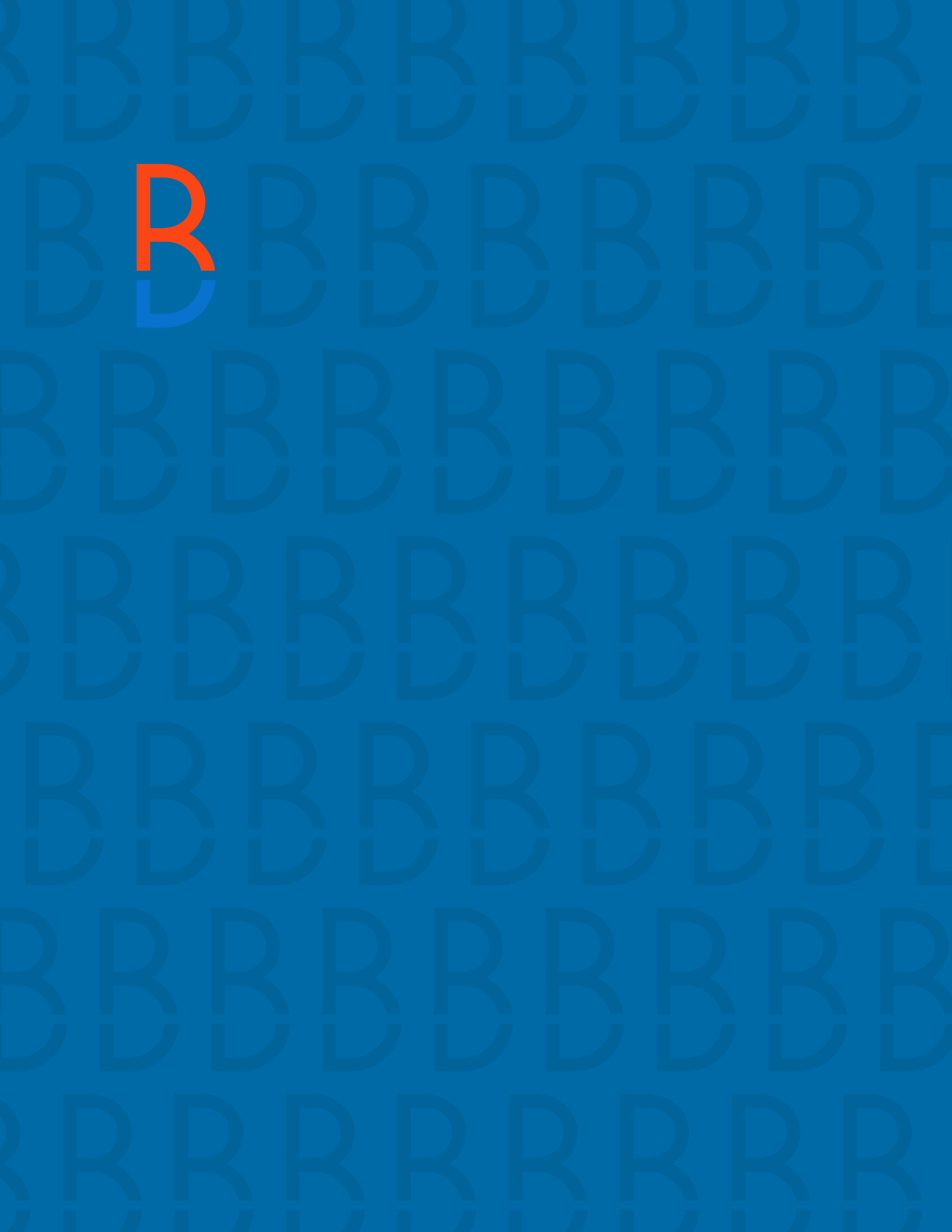In an attempt to identify unreported revenue, CRA and Revenu Québec may compare a business’ reported revenue to what would be expected given the business’ level of purchases. The analysis is based on industry-specific profit and revenue ratios.
In a January 31, 2022 French Court of Quebec case, Revenu Québec had assessed QST on additional income for a pizzeria by applying industry revenue ratios to purchases made by the restaurant between 2013 and 2017.
The restaurant argued that it purchased supplies not only for itself but also as an agent for other restaurants so that better deals could be maintained. Further, it argued that it did not have the capacity to generate the level of gross revenue that Revenu Québec assessed based on its available resources.
Taxpayer loses
While the taxpayer argued that it did not have sufficient staffing capacity to generate the assessed level of revenues, evidence was presented that indicated that not all staffing hours were recorded and reported. Further, one of the parties for whom the taxpayer allegedly purchased supplies contradicted the taxpayer’s position. As such, the Court found Revenu Québec’s estimated assessment of gross revenues correct.
Another case
In another case, Revenu Québec noted that the sales records for a used car dealership indicated prices as low as $25. Therefore, the auditors took a sample of 15 sales and followed up with calls to the customers, finding that several had paid prices that were significantly higher than those reported on the sales records. The values of all vehicles sold were then re-determined primarily by using the values included in a regionally recognized auto price/valuation publication (Hebdo Mag guide). The Court upheld Revenu Québec’s assessment.
Action:
CRA and Revenu Québec often use these and similar techniques to estimate underreported sales. Consider establishing similar tests and metrics to ensure that your revenue is accurately recorded.




